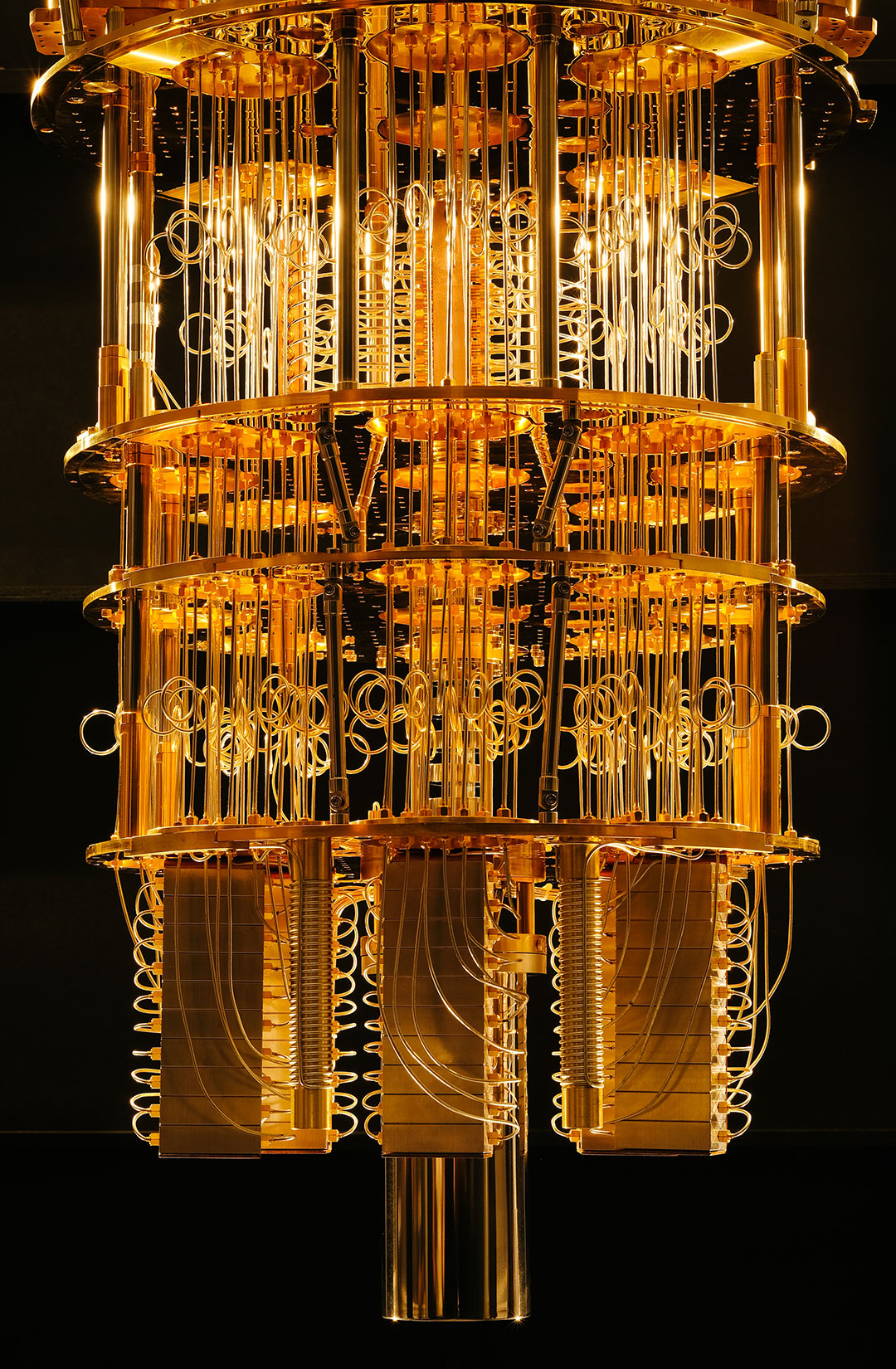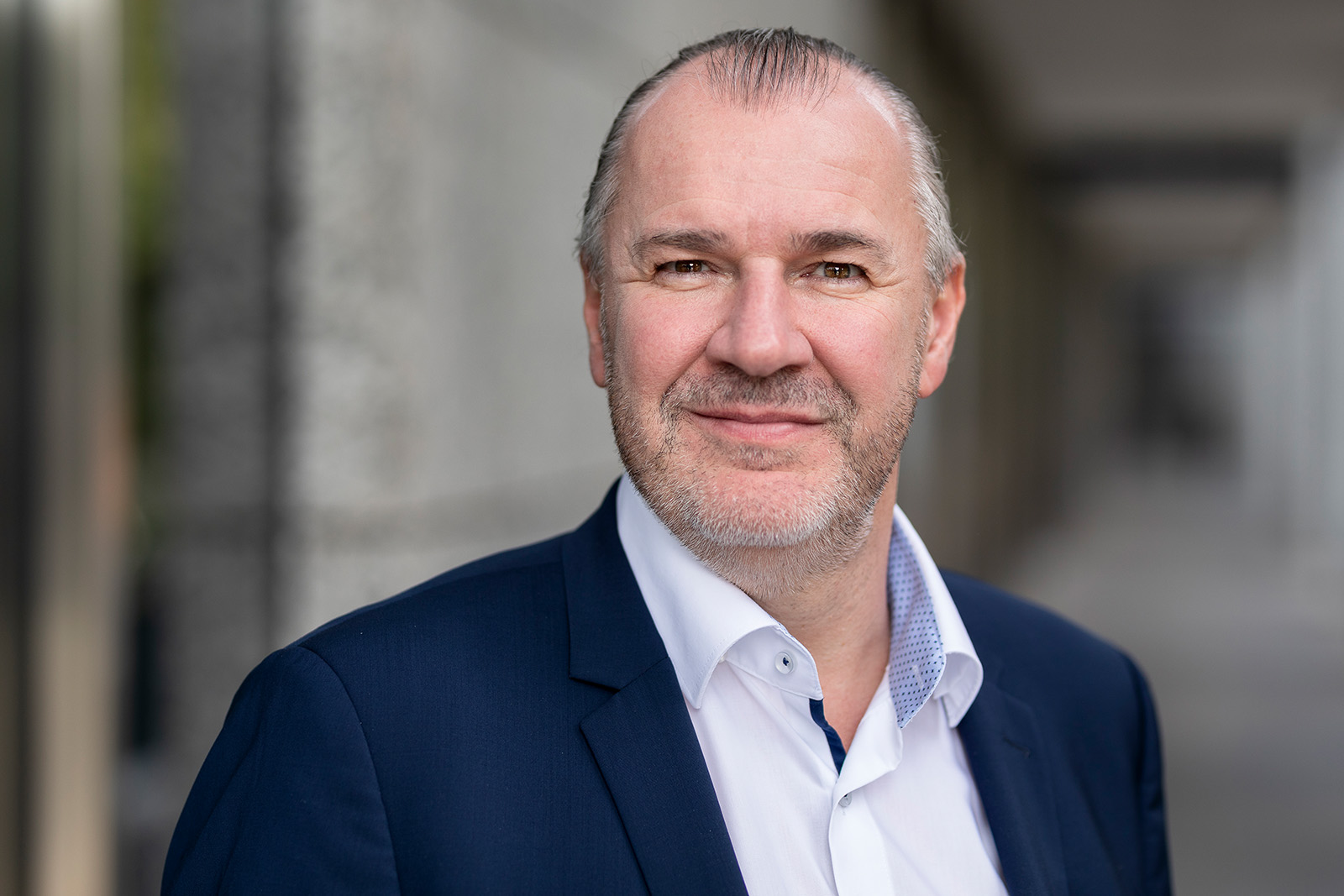Quantum computing looms large on the horizon

Analysts at Morgan Stanley predict that the market for high-end quantum computers will reach 10 billion dollars by 2025, double what it is now. Alongside IBM and Google, there is also Microsoft, the Chinese Internet giant Alibaba and startups such as Novarion, Rigetti and D-Wave. Yet the various manufacturers rely on different physical principles for the realization of the quantum hardware. Scientists distinguish between universal quantum computers, which can perform arbitrary quantum algorithms, and quantum annealers, which are less complex, but limited to very specific tasks. Researchers at VW have been using a D-Wave quantum annealer since 2017 to better simulate traffic flows. And BMW is investigating whether quantum annealers can help optimize its production robots’ performance.
Universal quantum computers are technically very challenging to build and operate. What sets these computers apart is that their performance doubles in power with each added qubit, thereby increasing in exponential rather than in linear fashion. In other words, two qubits yields four possible combinations, three qubits eight, and so on. The quantity of qubits matters, but evenly important is the quality of qubit entanglement and its coherence time. The latter determines how long the quantum system remains stable enough to compute before noise masks the information. Most universal quantum computers, such as Google’s 72-qubit Bristlecone, only work under special laboratory conditions.
In January 2019, IBM unveiled the IBM Q System One, the world’s first commercially viable quantum computer – meaning that it works outside a lab. A consortium of seven Fraunhofer Institutes in Germany has been tasked to look into real-world applications for quantum computing as of 2021 in a bid to drive the advance of applied quantum science in the EU. “We want to find out just what kind of applications there are for quantum computing in industry and how to write the necessary algorithms and translate them for specific applications,” explains Hauswirth. The initiative also aims to keep entry barriers low by sharing insights with companies to fast-track the industry’s efforts to build a knowledge base in quantum computing.
There are still high hurdles to clear on the path to upscale the performance of available quantum computers. The priority now is to find ways of shielding the fragile quanta from ambient influences that interfere with the computing process. For example, qubits have to be cooled to a temperature approaching absolute zero – around minus 273 degrees Celsius, which is colder than outer space. They also require a vacuum and have to be shielded against electromagnetic radiation. Vibrations and parasitic effects of electromagnetic waves used to manipulate the qubits and read out the information they carry can also cause problems.
Solving complex problems
What kind of real problems can quantum computers solve? “In a few years from now, quantum computers will provide highly efficient means for prime factorization. That will leave current cryptographic systems vulnerable, which is why major research into post-quantum cryptography is underway,” says Hauswirth. Quantum computers will be able to tackle even more complex problems a few years down the road: “Today’s fintech, for example, has trouble managing billions of cash flows in parallel and in real time within the confines of a very tight regulatory girdle. Sequential processing is still prone to errors, but quantum computers would help get around this.”
Prof. Anita Schöbel is director of the Fraunhofer Institute for Industrial Mathematics ITWM in Kaiserslautern. She and Hauswirth are mainly responsible for quantum computing at Fraunhofer. Pointing to an application in the works at her institute, she says, “We’re working on projects that use stochastic partial differential equations such as the Fokker-Planck equations. These serve to develop lithium ion batteries and wind turbines, calculate granular flows and determine prices in quantitative finance. These equations can be converted into quantum mechanics equations for quantum computers to crunch the numbers, probably much faster.”
Applied quantum computing is clearly taking shape in the real world. Will we all have a quantum home computer or a quantum processor in our smartphones in a few years? “Quantum computers will only ever be able to solve very specific problems, so they won’t replace conventional computers. It’s likely that cloud-based models will prevail – that is, quantum computing as a service (QCaaS). We’ll probably also see hybrids of quantum computing and conventional high-performance computing,” says Hauswirth.

